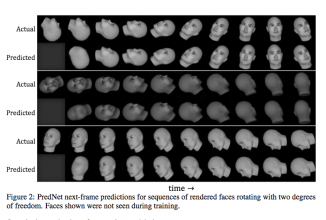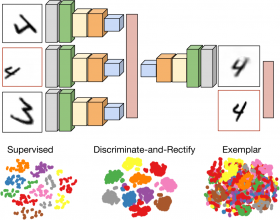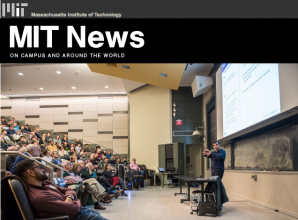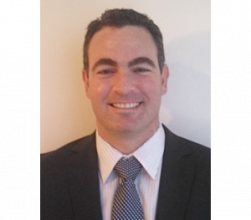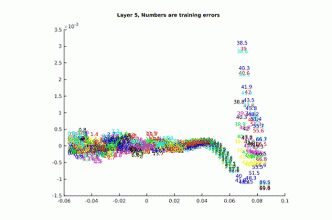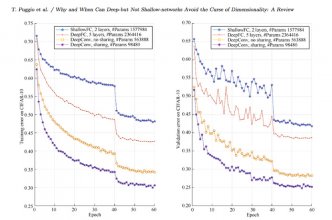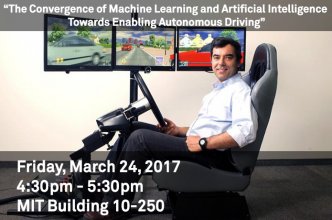Home Page Spotlights
In Theory III we characterize with a mix of theory and experiments the generalization properties of Stochastic Gradient Descent in overparametrized deep convolutional networks. We show that Stochastic Gradient Descent (SGD) selects with high probability..
Deep convolutional neural networks are generally regarded as robust function approximators. So far, this intuition is based on perturbations to external stimuli such as the images to be classified.
In this talk, Prof Feldman discussed a Bayesian approach to grouping, formulating it as an inverse inference problem in which the goal it to estimate the organization that best explains the observed configuration of visual elements.
For more than a half century, the United States has operated what might be called a “Miracle Machine.” Powered by federal investment in science and technology, the machine regularly churns out breathtaking advances...
While great strides have been made in using deep learning algorithms to solve supervised learning tasks, the problem of unsupervised learning—leveraging unlabeled examples to learn about the structure of a domain — remains a difficult unsolved challenge.
On Friday, May 5, 2017, Prof. Erik Brynjolfsson (MIT Sloan School) will discuss a preliminary framework and approach for understanding the potential effects of machine learning (ML) on tasks, occupations and industries.
In the past 10 years, the best-performing artificial-intelligence systems — such as the speech recognizers on smartphones or Google’s latest automatic translator — have resulted from a technique called “deep learning".
The complexity of a learning task is increased by transformations in the input space that preserve class identity. Visual object recognition for example is affected by changes in viewpoint, scale, illumination or planar transformations. ...
Amnon Shashua PhD ’93, co-founder of Mobileye, discusses challenges associated with autonomous vehicles in MIT visit. | MIT News - Around Campus | April 13, 2017
On Wed., April 12, 2017, David S. Vogel, an award-winning predictive modeling scientist, will discuss state-of-the-art machine learning techniques and the application of the these techniques to healthcare, recommendation systems, and finance.
Previous theoretical work on deep learning and neural network optimization tend to focus on avoiding saddle points and local minima. However, the practical observation is that, at least for the most successful Deep Convolutional Neural Networks (DCNNs)...
The goal in this work is to model the process of ‘full interpretation’ of object images, which is the ability to identify and localize all semantic features and parts that are recognized by human observers. The task is approached by dividing the ...
The paper reviews and extends an emerging body of theoretical results on deep learning including the conditions under which it can be exponentially better than shallow learning. A class of deep convolutional networks represent an important special case...
Prof. Amnon Shashua, Co-founder, CTO and Chairman of Mobileye, talks about the machine learning technology behind Mobileye's success in the field of autonomous driving.
"Intel agreed on Monday to pay $15.3 billion for Mobileye, an Israeli technology company that specializes in making sensors and cameras for autonomous cars, as the global microchip giant tries to expand its reach in the fast-growing sector."





